
2023 release wave 2 plans for Microsoft Dynamics 365 and Power Platform now available
This article is contributed. See the original author and article here.
On July 18, 2023, we published the 2023 release wave 2 plans for Microsoft Dynamics 365 and Microsoft Power Platform, a compilation of new capabilities planned to be released between October 2023 and March 2024. This second release wave of the year offers hundreds of new features, including AI capabilities and enhancements, demonstrating our continued investment to power digital transformation for our customers and partners.
This release wave builds on our commitment to create applications and experiences that add value to every role by breaking down silos between data, insights, and people. New capabilities empower new ways to make informed decisions with AI-guided insights and suggested actions, easier ways to automate tasks and processes, and collaboration seamlessly integrated into the flow of work, plus, new low-code ways for anyone to build solutions.
Discover a whole new level of convenience in reviewing release plans for Dynamics 365 and Microsoft Power Platform with the release planner. Experience unparalleled flexibility as you personalize, filter, sort, and effortlessly share plans according to your preferences. Stay organized, stay informed, and stay in control as you effortlessly navigate through multiple active waves of plans. For more information, visit releaseplans.microsoft.com.
Highlights from Dynamics 365
Dynamics 365 Marketing will bring enhancements to Copilot features empowering marketers to quickly create new experiences and will bring unprecedented levels of personalization to email content, images, and layouts. Additionally, business-to-business (B2B) dashboards and directly assigning leads to the right sales rep will align marketers and sellers, enabling them to act as a unified team across the buying journey.
Dynamics 365 Sales will focus on enabling sales organizations to prioritize and manage digital sales processes through enhanced sequence capabilities. We will allow users to assign and monitor lead assignment status with enhanced lead assignment capabilities by providing recommendations, summarizing data, retrieving information, and performing actions in context and within flow of work.
Viva Sales is reimagining how sellers work by delivering advanced AI capabilities like email summarization, CRM recommendations, sales email composition, meeting summarization, and real-time sales tips. Additionally, we are making further investments to collaboration spaces in Microsoft Teams and will deliver new sales Copilot experiences that accelerate deal progression and close sales faster.
Dynamics 365 Customer Service will continue to empower agents to work more efficiently through Copilot capabilities, Join me On Teams, and visual enhancements to the agent workspace, ability to see live chats and voice calls in Inbox and personalizing size of conversational control. Additionally, we are making enhancements to the voice channel, call dialer improvements, and routing calls to agents with longest idle time.
Dynamics 365 Field Service updates will include new capabilities for frontline workers, service managers, and dispatchers. We are delivering several top requests such as converting quotes to work orders, enhancing inspections, and evolving our resource scheduling capabilities.
Dynamics 365 Finance is focused on enhancing organizations’ visibility into their data, continued enhancements for accounts payable and bank statement automation, and expanding out-of-the-box country coverage in Latin America. Additionally, the team will deliver further automation of complex tax scenarios and e-invoicing requirements for new countries and provide organizations ability for business model expansion and agility.
Dynamics 365 Supply Chain Management continues to improve and optimize business processes to deliver the agility and resilience needed for businesses to thrive in an increasingly complex business environment. The sales and procurement processes will be further enhanced, manufacturers will enjoy greater flexibility, and warehouse processes related to counting, customer returns, and product receipts will be improved.
Dynamics 365 Project Operations is investing in enhancements to services procurement scenarios and project contracting and new functionalities and scenarios in pricing models will support the evolving patterns in the service-centric economy. Additionally, improvements to intelligent resource recommendations will provide suggestions based on experience, cost, and utilization across employees and subcontractors.
Dynamics 365 Human Resources will be improving recruiting experiences with functionally rich and intuitive experiences that target recruiters, candidates, and hiring managers. We will expand the human capital management ecosystem to include learning management system integration through public APIs using Microsoft Dataverse along with expanding our payroll partner network.
Dynamics 365 Guides is bringing several new capabilities and enhancements including Object Anchors, Azure Remote Rendering, and availability on Microsoft 365 Government Community Cloud High. Additionally, we are focusing on features allowing seamless integration with systems of record allowing customers to build mixed reality workflows that are integrated with their business data.
Dynamics 365 Commerce is using the power of AI to enable the effortless creation of engaging product content for digital commerce sites. New B2B investments allow distributors to view, accept, and reject orders from a centralized dashboard that enables B2B sellers, distributors, and buyers to all work in the same place.
Dynamics 365 Business Central will focus on core functionality to help companies manage their intercompany and consolidations across environments. We will continue to enhance our Copilot capabilities and will further improve our warehouse capabilities, create more Power Automate templates, and provide developers with more capabilities for automating testing of dependent apps.
Dynamics 365 Customer Insights is enhancing our Copilot features to allow you to ask questions in simple words, to quickly receive insights, and action these immediately. New capabilities in real-time data management will provide the latest view of your customers and easy access to insights within Dynamics 365 apps will allow your team to deliver seamless, personalized experiences across the customer’s lifecycle.
Microsoft Supply Chain Center is enabling resilient supply chain with enhancements in key areas such as Intelligent Order Management for purchase order orchestration, seamless collaboration with external partners via Supplier portal, and Copilot. Additionally, the team will be bringing Advanced Data Analytics to enable Insights to Action as well as new Network Inventory Optimization capabilities.
Highlights from Microsoft Power Platform
Power BI is improving the creation experience for individuals by improving and aligning our experiences with Microsoft 365, bringing more parity on the web, and bringing the Power Query diagram view into Power BI Desktop. For teams, we are bringing enhancements to meetings and multitasking. For organizations, we are enabling Git and source control integration to help developers maintain and collaborate on their business intelligence solutions.
Power Apps is expanding the use of Copilot to bring AI-assisted experiences to increase developer productivity, bring natural language to all users, and give insights to admins. We will bring modern controls and rich collaborative experiences to users, as well as improved deployment and governance support to ensure low-code can be enabled organization wide.
Power Pages continues to make strides in the Copilot maker experience to enable building a site. Managed environments will include Power Pages capabilities for maker usage and onboarding. For data, you can connect easily to data where it exists today. Low-code makers can collaborate and detect co-presence.
Power Automate will continue to make it easier to get started building new flows by using natural language across cloud flows and desktop flows, and by improving process mining to jumpstart creation of automation and authoring experiences. Additionally, we’re making it easier to manage work at scale by introducing unified activity view and deeper notifications on capabilities across the product.
Power Virtual Agents will bring general availability for capabilities including Multi-Lingual bot support, Generative Answers and Actions, Standalone interactive voice response (IVR) and IVR integration with Dynamics 365 Customer Service, and our integration with the Conversational Language Understanding service. Additionally, we will continue to enhance our offering for customers by delivering on new Enterprise Trust capabilities.
AI Builder will allow makers to easily process structured and unstructured documents. Using the power of GPT, responses to customer requests can be pre-generated according to enterprise guidelines and will be available in a human validation station allowing makers to easily review and enhance content that is automatically generated from intelligent copilots.
2023 release wave 2 early access period
Starting July 31, 2023, customers and partners will be able to validate the latest features in a non-production environment. These features include user experience enhancements that will be automatically enabled for users in production environments during October 2023. To take advantage of the early access period, try out the latest updates in a non-production environment, and effectively plan for your customer rollout. Check out the 2023 release wave 2 early access features for Dynamics 365 and Microsoft Power Platform, or visit the early access FAQ page.

Release planner
Personalize, filter, sort, and effortlessly share plans according to your preferences.
The post 2023 release wave 2 plans for Microsoft Dynamics 365 and Power Platform now available appeared first on Microsoft Dynamics 365 Blog.
Brought to you by Dr. Ware, Microsoft Office 365 Silver Partner, Charleston SC.


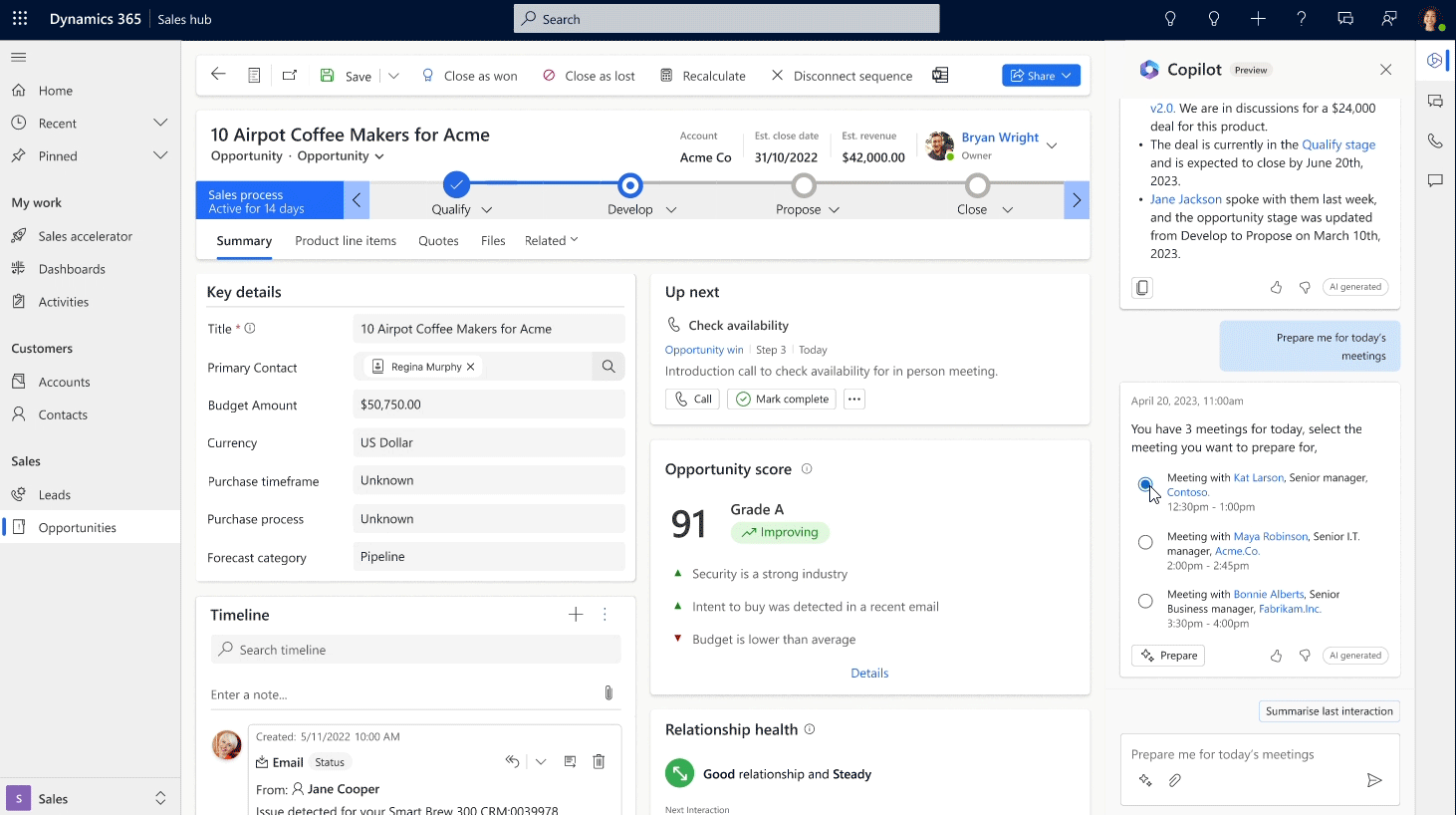
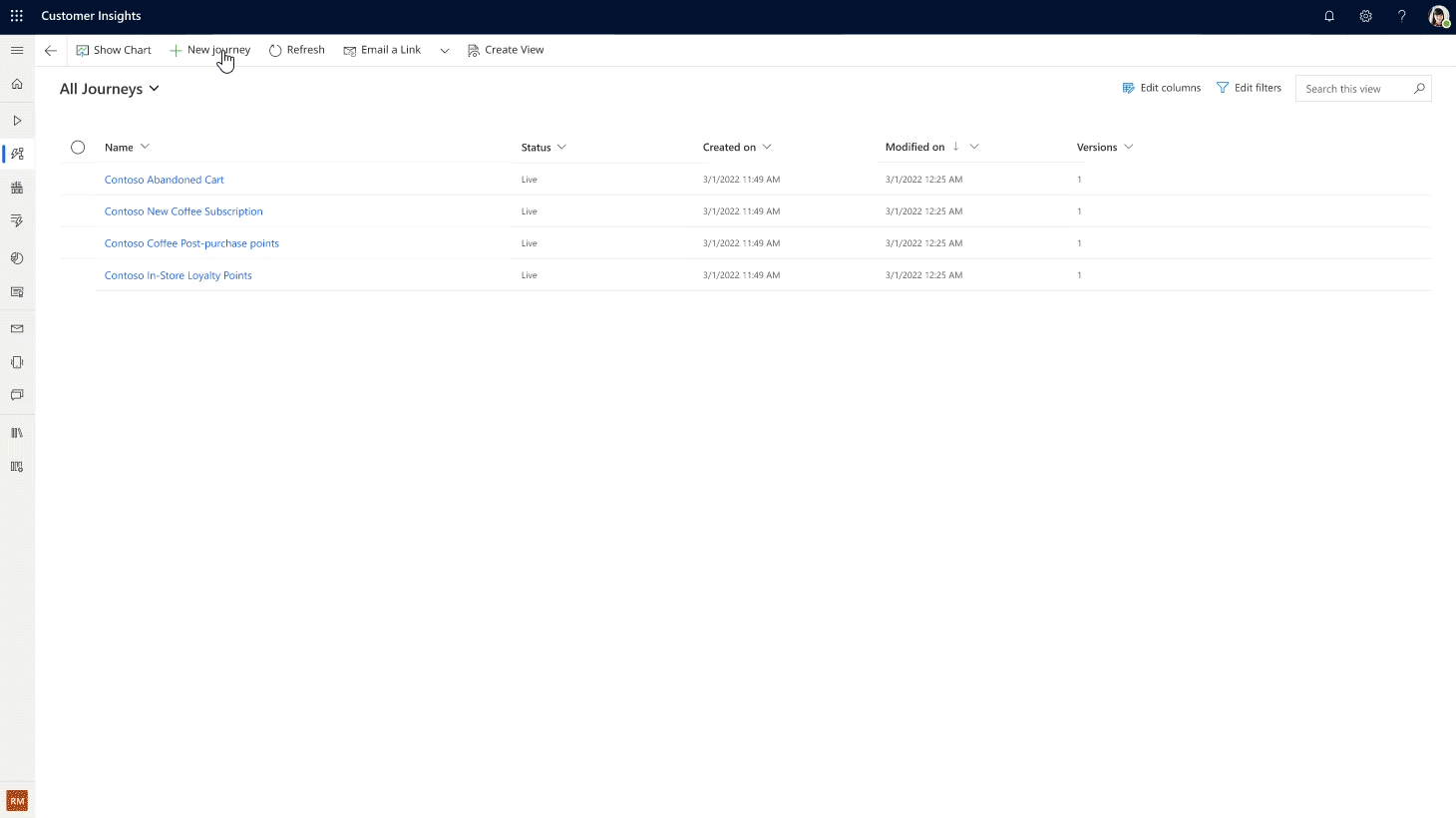

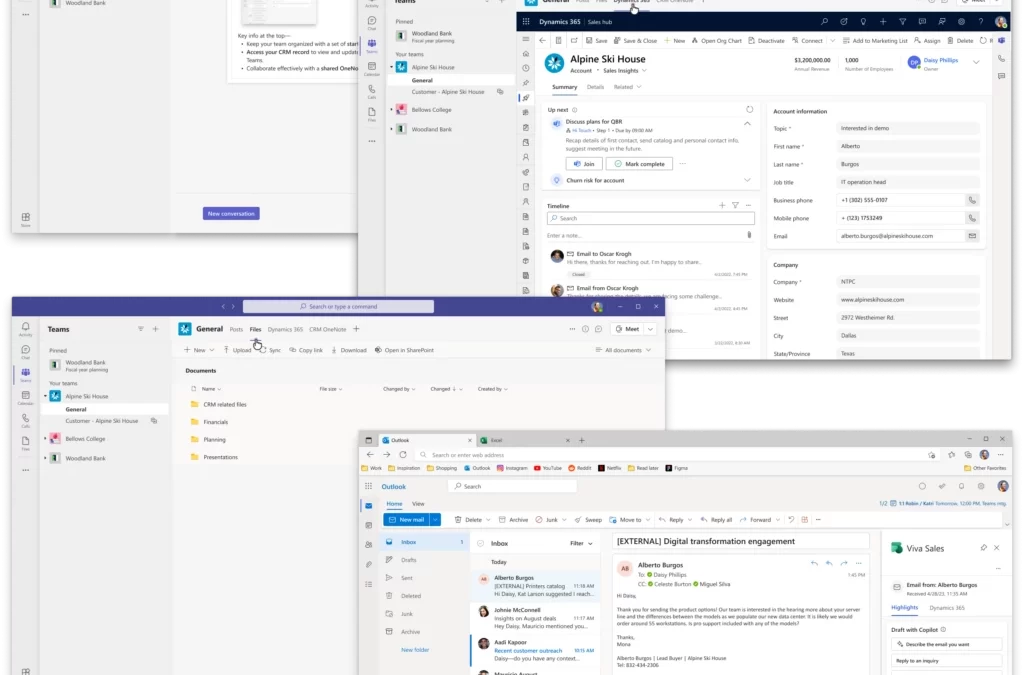
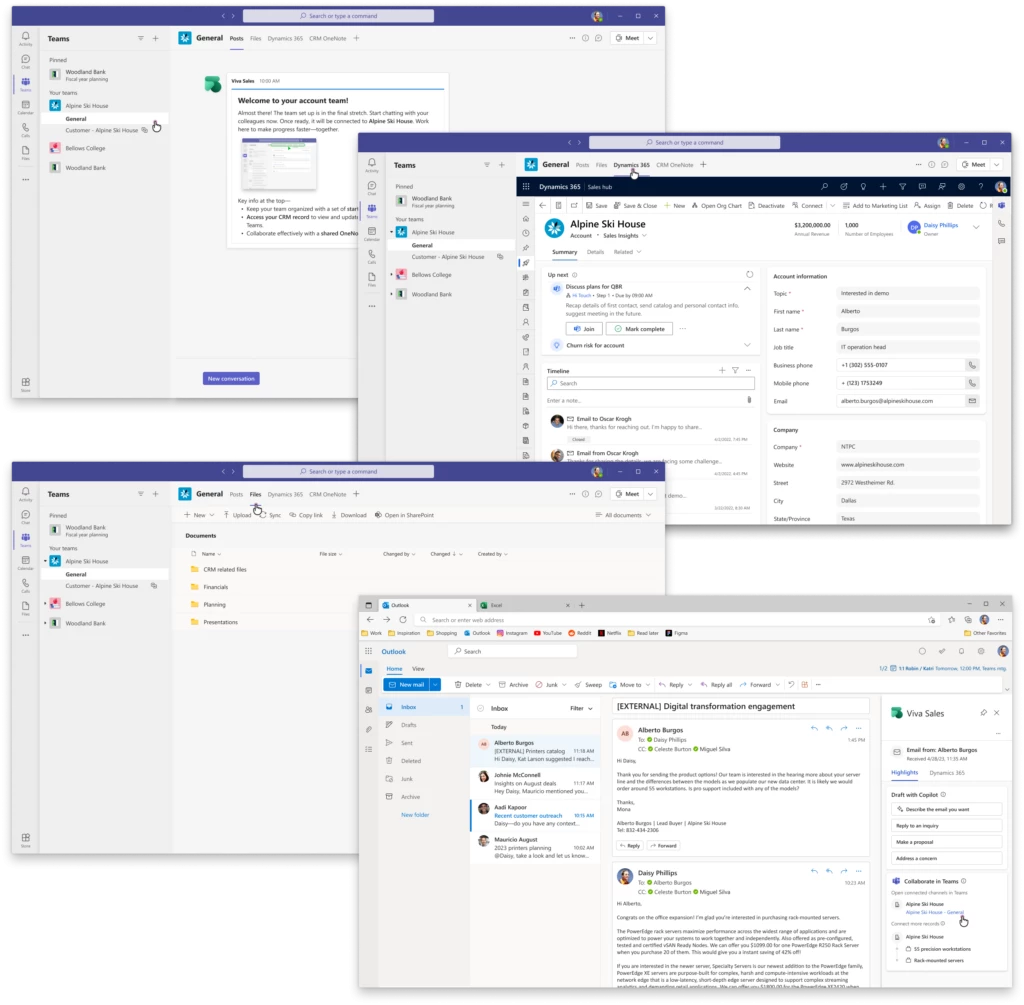
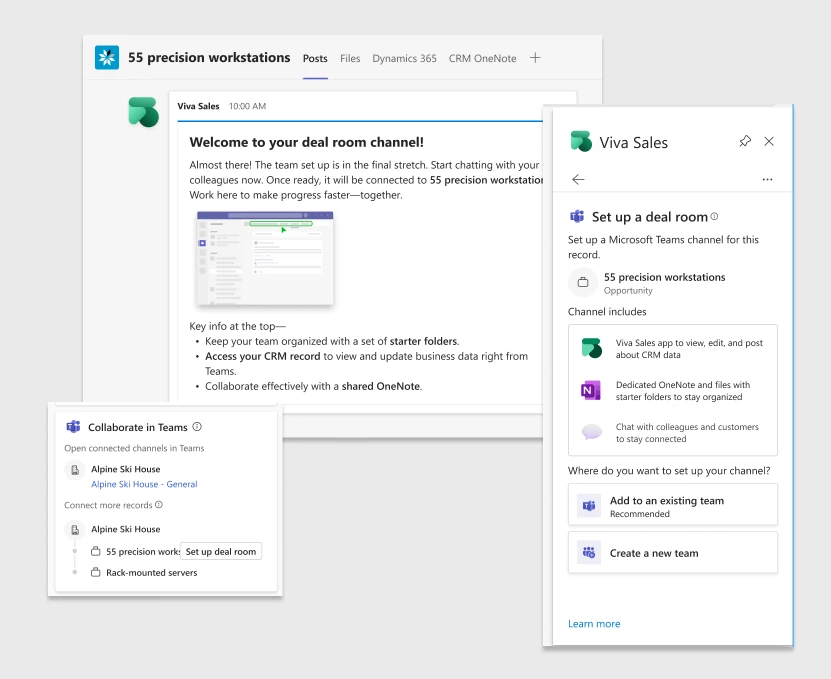




Recent Comments